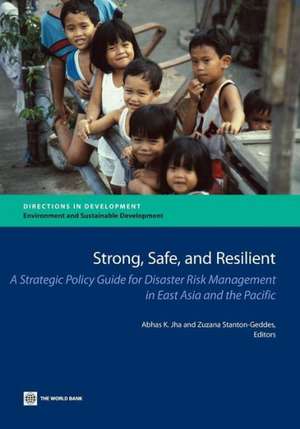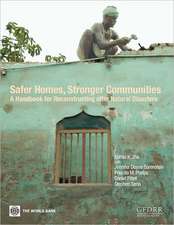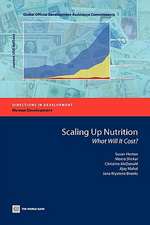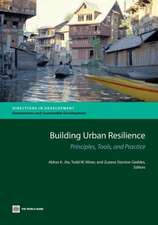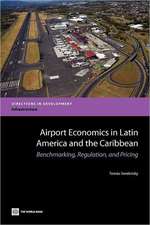Strong, Safe, and Resilient: A Strategic Policy Guide for Disaster Risk Management in East Asia and the Pacific: Directions in Development: Environment and Sustainable Development
Editat de Abhas K. Jha, Zuzana Stanton-Geddesen Limba Engleză Paperback – 5 mar 2013
Preț: 236.41 lei
Nou
Puncte Express: 355
Preț estimativ în valută:
45.23€ • 47.23$ • 37.35£
45.23€ • 47.23$ • 37.35£
Carte tipărită la comandă
Livrare economică 15-29 aprilie
Preluare comenzi: 021 569.72.76
Specificații
ISBN-13: 9780821398050
ISBN-10: 0821398059
Pagini: 160
Dimensiuni: 178 x 254 x 11 mm
Greutate: 0.36 kg
Editura: World Bank Publications
Seria Directions in Development: Environment and Sustainable Development
ISBN-10: 0821398059
Pagini: 160
Dimensiuni: 178 x 254 x 11 mm
Greutate: 0.36 kg
Editura: World Bank Publications
Seria Directions in Development: Environment and Sustainable Development
